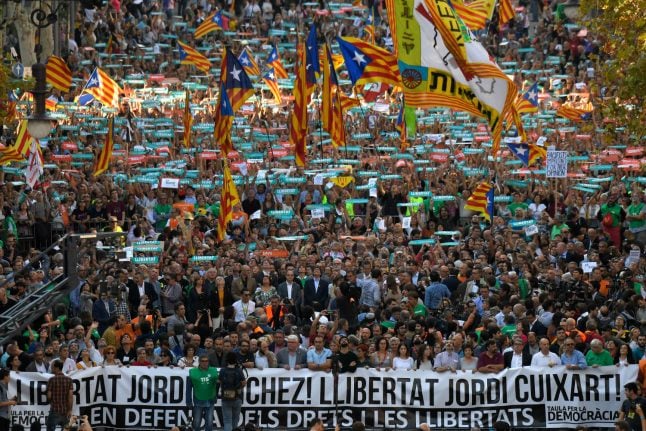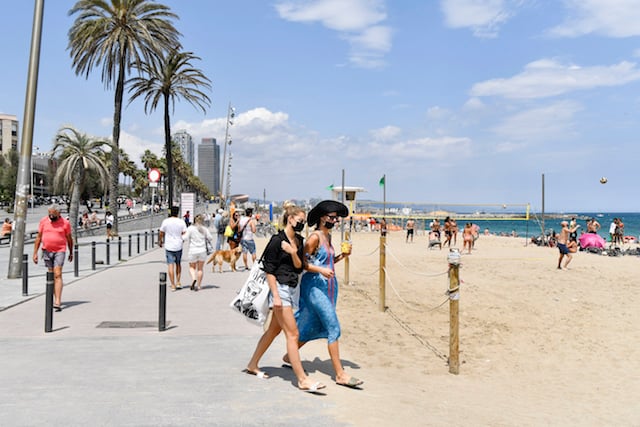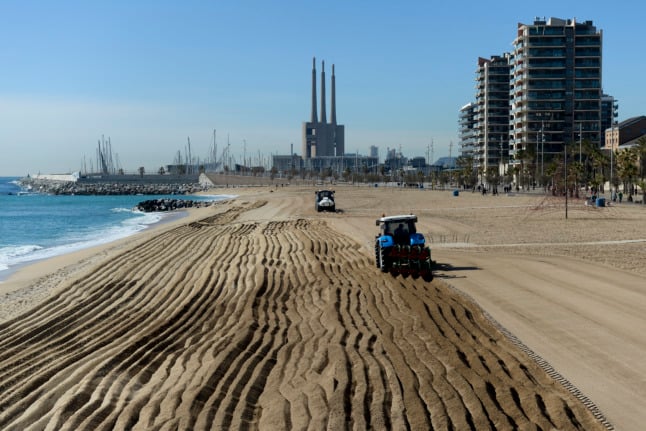In a televised announcement, Carles Puigdemont said Madrid was failing to respect the rule of law after Prime Minister Mariano Rajoy announced he would move to dismiss Catalonia's separatist executive, take control of regional ministries and call elections. The premier said he had no other choice faced with the threat to national unity.
Puigdemont said the measures were “incompatible with a democratic attitude and do not respect the rule of law,” calling on the regional parliament to meet over the crisis.
He accused the Spanish government, which still has to get approval from the Senate to implement the measures, of waging “the worst attack on institutions and Catalan people since the decrees of military dictator Francisco Franco abolishing the Catalan government”.
Franco ruled Spain with an iron fist from 1939 to his death in 1975, and among other repressive measures took Catalonia's powers away and officially banned the Catalan language.
Cautious, though, Puigdemont did not once say the word “independence” as Spain and the rest of the EU waits to see if he declares a unilateral break from Spain after the region held a banned independence referendum on October 1st.

Carles Puigdemont. Photo: AFP
Puigdemont delivered most of his short speech in Catalan, but also switched to Spanish and English.
In Spanish, he accused Madrid of “attacking democracy”.
And in English, he said European values were at risk.
“Democratically deciding the future of a nation is not a crime,” he said.
Led by Puigdemont, 450,000 supporters of independence protested in Barcelona on Saturday, shouting “freedom” and “independence” after Madrid announced drastic measures to stop the region from breaking away.
“It's time to declare independence,” said Jordi Balta, a 28-year-old stationery shop employee, adding there was no longer any room for dialogue.
The protest in the centre of the Catalan capital had initially been called to push for the release of the leaders of two hugely influential grassroots independence organisations, accused of sedition and jailed pending further investigation.
But it took on an even angrier tone after Prime Minister Mariano Rajoy announced his government would move to dismiss the region's separatist government, take control of its ministries and call fresh elections in Catalonia.
Municipal police said 450,000 people rallied on Barcelona's large Paseo de Gracia boulevard, spilling over on to nearby streets, many holding Catalonia's yellow, red and blue Estelada separatist flag.
READ ALSO: Spain to dismiss Catalonia's government, call elections





 Please whitelist us to continue reading.
Please whitelist us to continue reading.